27.8: Key Environmental Elements- Meeting Individual Needs- Child Size and Flexibility
- Page ID
- 142392
Individual Needs- Child Size and Flexibility
Caregivers must create a flexible environment that is easily arranged to meet infants' individual needs and preferences.[1] Infants and toddlers grow and develop quickly and at their own pace. Environments must meet their current developmental needs, as well as emerging skills, while keeping in mind the appropriateness and safety of the space and furniture. The space and furnishings should come together to create a learning environment tailored to meet the needs of developing infants and toddlers.
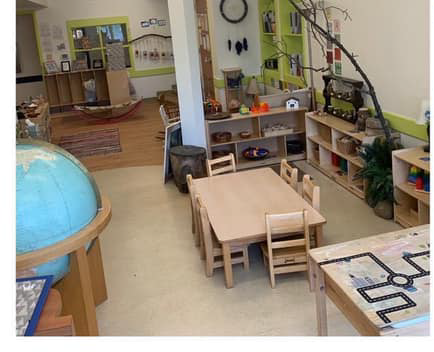
Caregivers can support the natural desire of infants and toddlers to actively explore their environment with their whole bodies by knowing the progression of developmental milestones. This knowledge helps caregivers better understand and predict what interactions, materials, and experiences will be safe, engaging, and most supportive to promote learning and development.
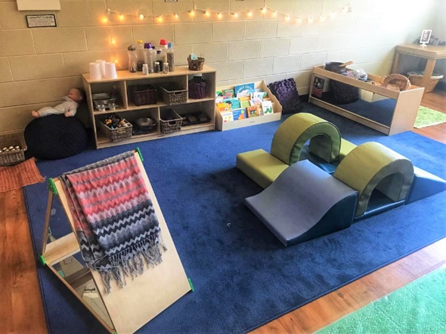
Evaluating the environment and making appropriate changes is an ongoing process that addresses infants' and toddlers' unique needs and values their developing skills and interests. An example of a flexible environment includes low chairs and tables where toddlers can eat or work on simple art projects or puzzles. These features allow easy movement and create flexible spaces.
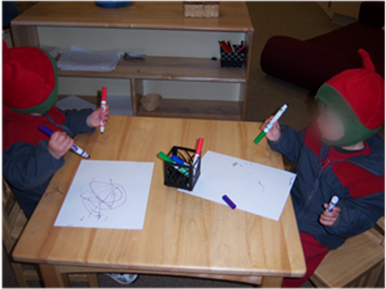
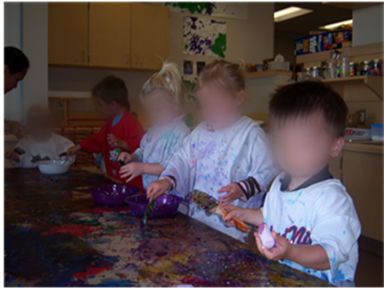
The infant and toddler childcare environment is “… never determined once and for all. Planning, arranging, evaluating, and rearranging is an ongoing process as caregivers strive for quality and find what works best for them and for the children as they grow and change” (Gonzalez-Mena & Eyer, 2012, p. 285).
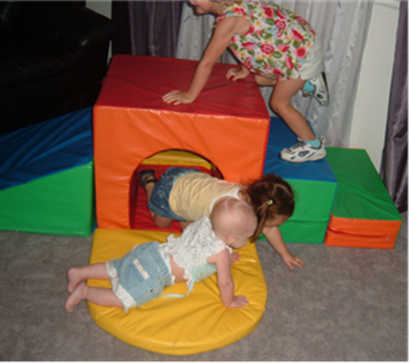
Family childcare can be an excellent example of creating flexible environments to meet the needs of various development abilities and chronological ages while accommodating the adults who utilize the space.
Commitment to ongoing reflection and adaptation enhances the quality of infant and toddler spaces and supports children's continual exploration and learning (Bergen, Reid, & Torelli, 2009)[1]
[1] Office of Head Start and Office of the Administration for Children and Families. (n.d.). Health and Safety Screener: is in the public domain
[2] Toddler Environment by Above & Beyond Child Care and Education Center,MI is used with permission
[3] Infant Environment by Jennie Powell is used with permission.
[4] Image by Amanda Taintor is licensed CC BY-NC

